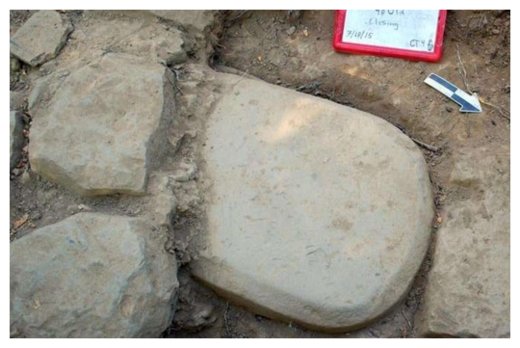
© Mugello Valley ProjectThis inscribed stone was found embedded in the foundations of an Etruscan monumental temple.
The finding promises to yield a wealth of new knowledge about one of the ancient world's most fascinating and mysterious civilizations.
Weighing about 500 pounds and nearly four feet tall by two feet wide, the slab was unearthed at Poggio Colla, some 22 miles miles north-east of Florence in the Mugello Valley.
The stone had been buried for more than 2,500 years in the foundations of a monumental temple at the Etruscan site. It was heavily abraded and chipped, with one side reddened possibly from burning.
According to archaeologist Gregory Warden, co-director and principal investigator of the Mugello Valley Archaeological Project, which made the discovery, the 6th-century B.C. slab has at least 70 legible letters and punctuation marks.
"Now if we could only unravel that text," Warden, professor emeritus at Southern Methodist University, Dallas, told Discovery News.
He explained that it will probably take months of study by Rex Wallace, a noted expert on the Etruscan language at the University of Massachusetts Amherst, before the researchers can say anything definitive about the text written on the stele, as such slabs are called.
"At this point we have just finished cleaning the stele, and Professor Wallace is working from photos. He will return to Italy in June to continue to work on it," Warden said.
Warden speculates the text may refer to a goddess that was worshiped at the site.
"The center of worship was an underground fissure that was ritually treated after the destruction of the temple," Warden said.
He explained the ritual included placing a temple block in front of the fissure, along with a gold ring and a textile embroidered with gold.
"Underground cults of this type were often associated with female divinities," Warden said.
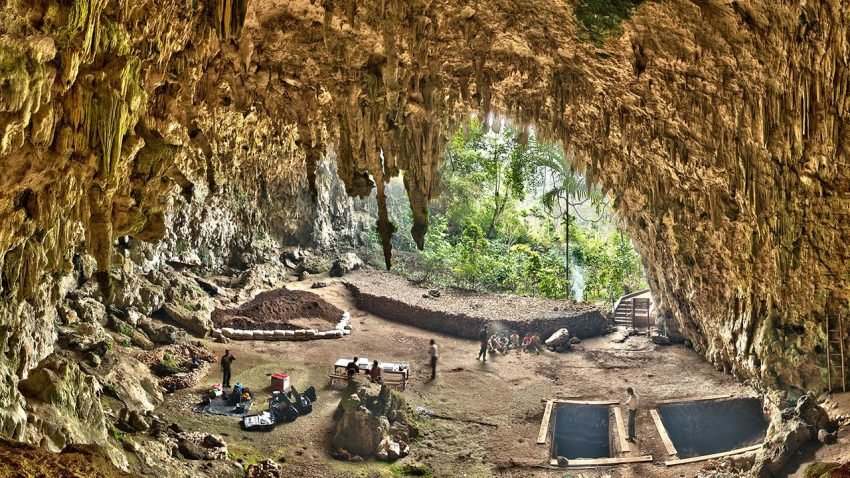
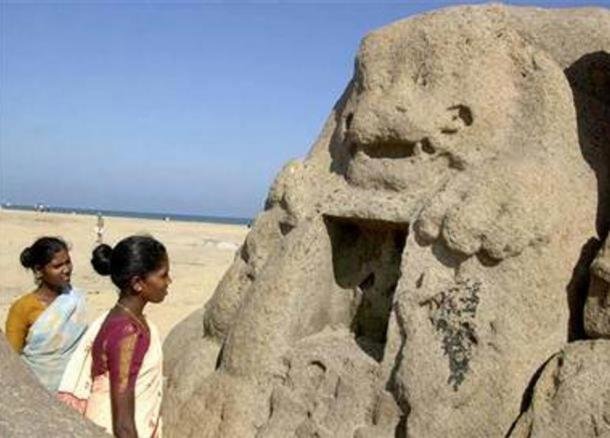



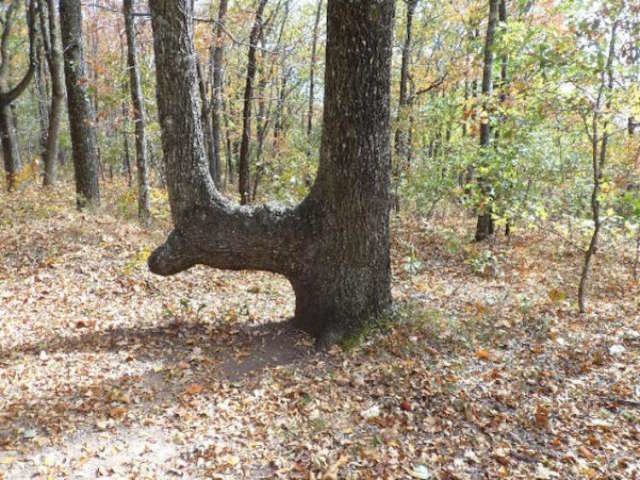



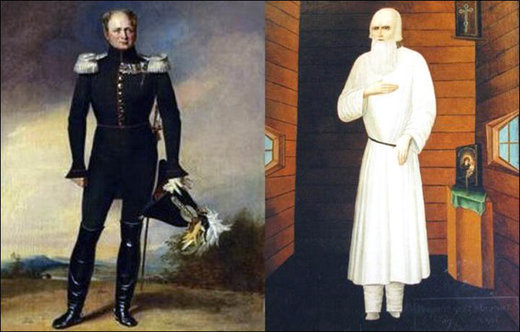



Comment: Further reading: